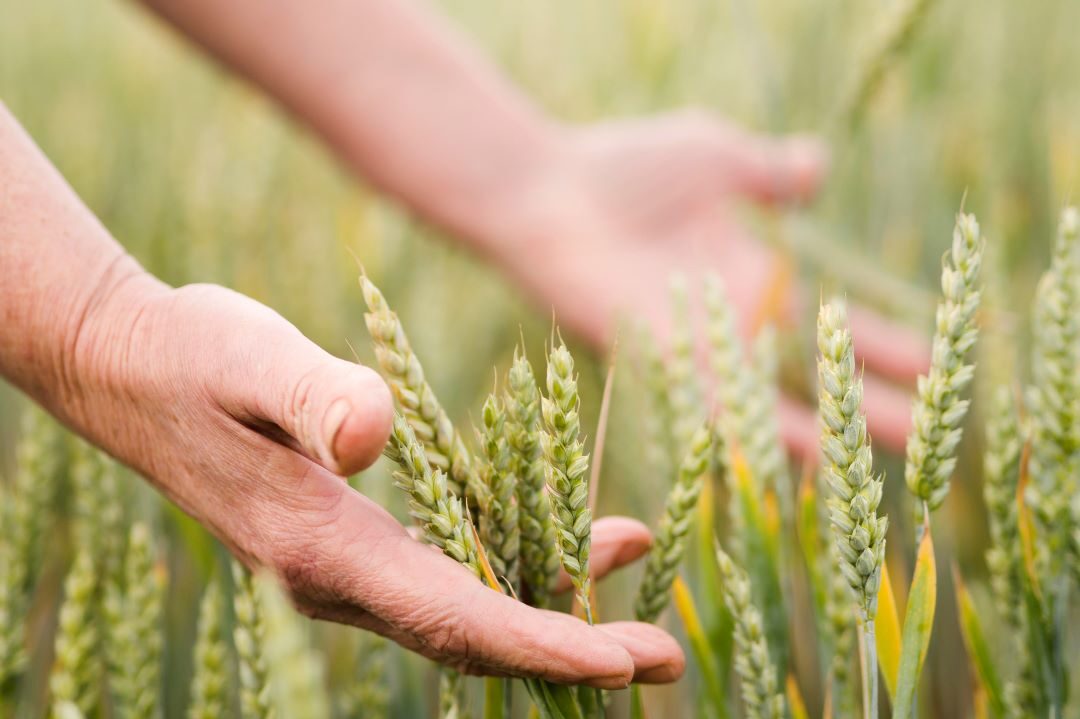Introduction: Millets are not only beneficial for our health but also for the environment. This article explores the environmental advantages of growing and consuming millets, and how choosing millets can contribute to a more sustainable future. By understanding these benefits, we can make more informed choices that support both our health and the planet.
1. Introduction to Millets and Sustainability
Millets have been cultivated for thousands of years and are well-adapted to various environmental conditions. Their sustainable farming practices make them an excellent crop for promoting environmental health. By choosing millets, we support agricultural methods that are better for the planet.
2. Environmental Benefit 1: Low Water Requirement
Millets are drought-resistant and require significantly less water compared to other staple crops like rice and wheat. This makes them an ideal crop for arid and semi-arid regions, where water scarcity is a major concern. Growing millets helps conserve water resources and supports sustainable agriculture.
3. Environmental Benefit 2: Soil Health
Millets play a crucial role in maintaining and improving soil fertility. They have a deep root system that helps prevent soil erosion and enhances soil structure. Additionally, millets require fewer chemical fertilizers, reducing the risk of soil degradation and promoting healthier soil ecosystems.
4. Environmental Benefit 3: Low Carbon Footprint
The cultivation of millets generates a lower carbon footprint compared to other major crops. This is due to their lower water and fertilizer requirements, as well as their ability to grow in diverse climates with minimal agricultural inputs. By choosing millets, we can help reduce greenhouse gas emissions and combat climate change.
5. Environmental Benefit 4: Biodiversity
Millets contribute to agricultural biodiversity by being a part of mixed farming systems. They can be grown alongside other crops, promoting a diverse and resilient farming ecosystem. This biodiversity is essential for pest control, pollination, and overall ecosystem health.
6. Environmental Benefit 5: Climate Resilience
Millets are highly resilient to climate change and can thrive in varying environmental conditions, including high temperatures and poor soils. This resilience makes them a valuable crop in the face of global climate challenges. Cultivating millets helps ensure food security and agricultural sustainability.
7. Promoting Sustainable Consumption
Consumers play a vital role in promoting sustainable agriculture by choosing millet-based products. By incorporating millets into our diets, we support environmentally friendly farming practices and contribute to a more sustainable food system. This shift can drive demand for sustainable crops and encourage more farmers to grow millets.
Conclusion: Choosing millets is a step towards a more sustainable future. By understanding the environmental benefits of growing and consuming millets, we can make informed decisions that support the health of our planet. Embrace the power of millets and contribute to a more sustainable and resilient world.














